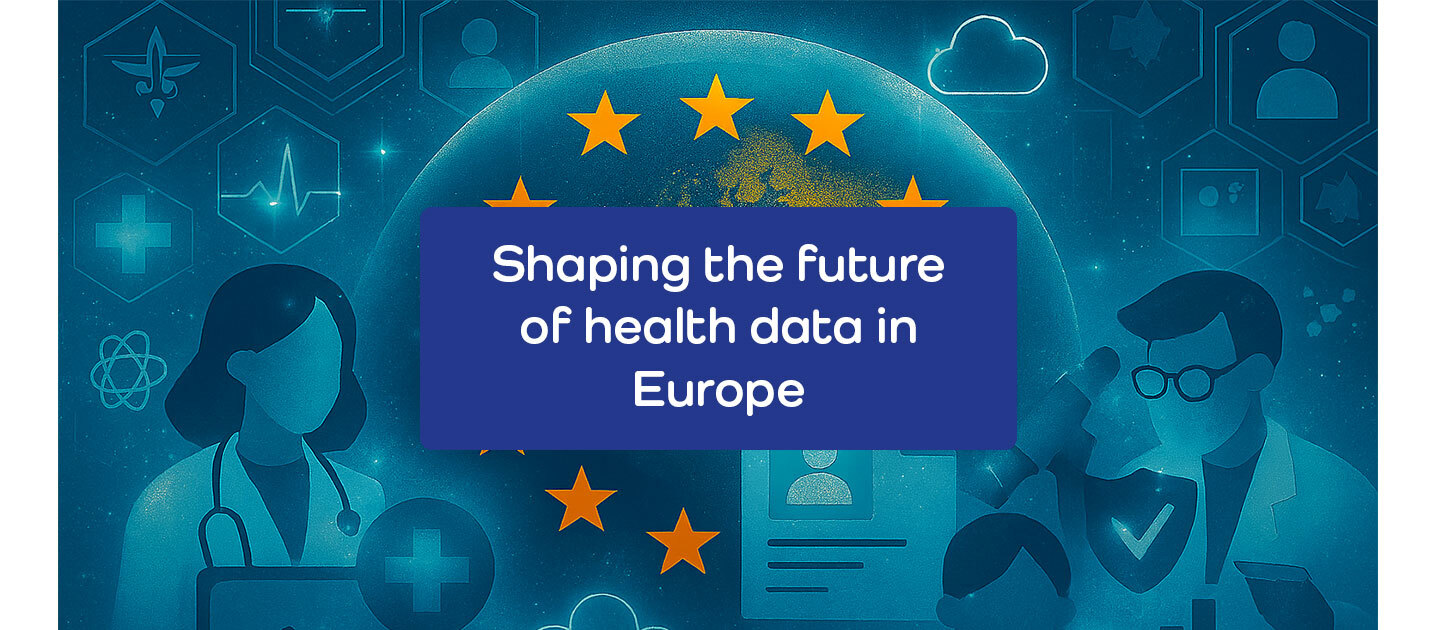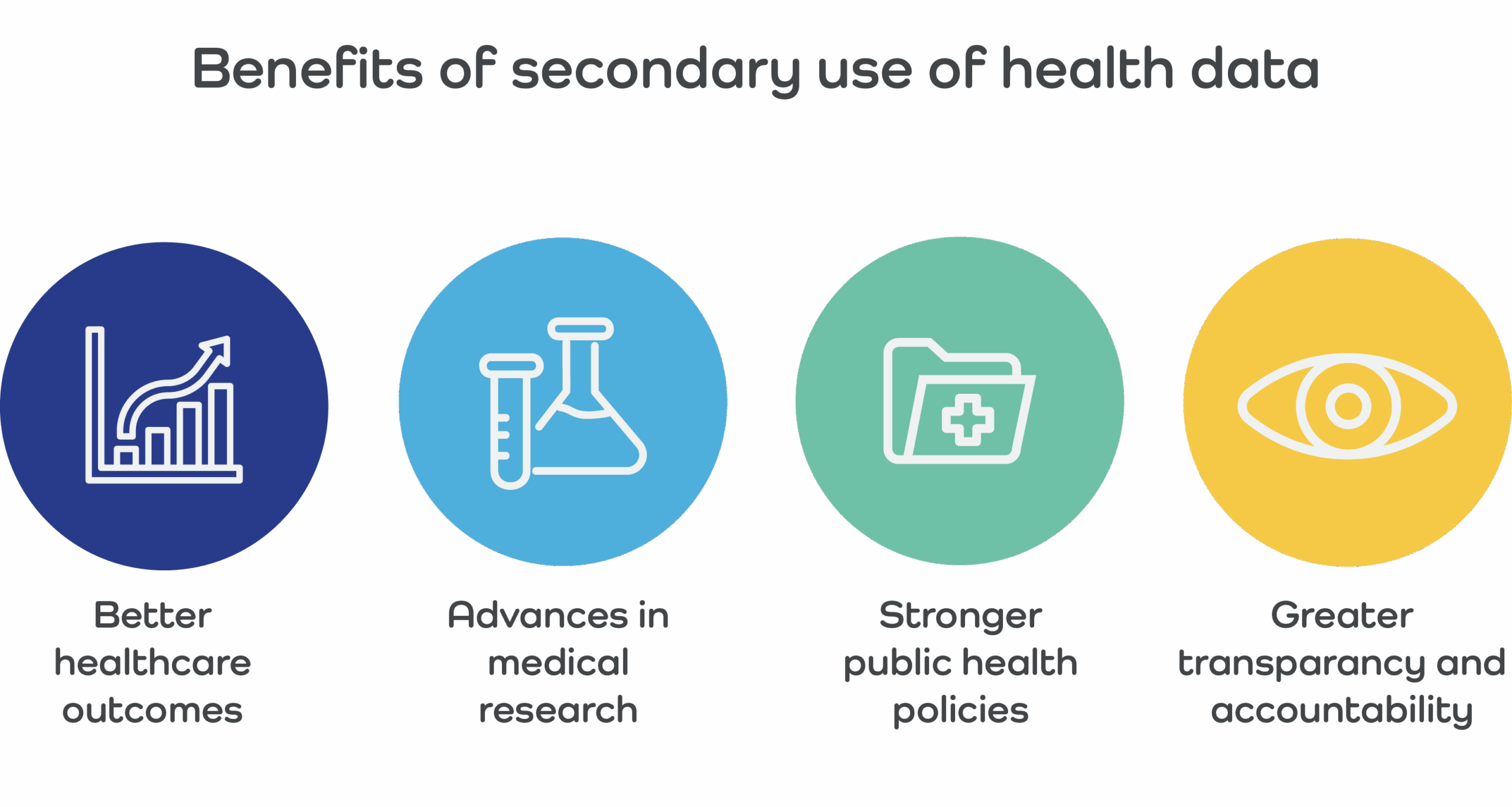
Shaping the future of health data in Europe: How we at LNDS contribute to the European Health Data Space
Across Europe, countries are working together to make health data more accessible and useful for research, innovation, and public health – always with strong privacy safeguards in place. This is the vision of the European Health Data Space (EHDS) – a major EU regulation that aims to ensure that citizens, researchers, and policymakers can benefit from health data in a secure and transparent way.
To turn this vision into reality, Member States must, among other things, establish Health Data Access Bodies (HDABs) to support access to and the secure secondary use of health data. In Luxembourg, the preparations for this are led by LNDS team in the project HDAB-LU. We are proud to contribute to this effort at both the national and European level, by helping to lay the foundations for a successfull HDAB and EDHS implementation.
This initiative will ensure that health data can be reused responsibly and securely, improving public health while protecting personal privacy.
A European effort towards secure and trustworthy health data use
The EHDS is one of the EU’s flagship initiatives for digital health. Its goal is to make health data securely available for two key purposes:
- Primary use – to support better healthcare delivery and continuity of care.
- Secondary use – to enable research, innovation, and policymaking that benefit society as a whole.

To make EHDS a reality, all Member States are collaborating on a large-scale project called TEHDAS2 (Second Joint Action Towards the European Health Data Space). This project brings together experts from across Europe to define how health data should be described, accessed, and processed securely, ensuring that all countries follow compatible, EHDS-compliant standards and procedures.
We at LNDS represent Luxembourg in this effort, contributing to several key deliverables and ensuring that the country’s future HDAB-LU aligns with the EHDS framework.
LNDS’ contributions to TEHDAS2 deliverables
Building on this collaboration, our team has helped transform TEHDAS2’s vision into concrete results, providing expertise in metadata standardisation, data access workflows, and secure processing environments. Here are some highlights of our recent work.
Developing interoperability and metadata standards:
- Guideline for data holders on data description (D5.1)
Led by Belgium with significant input from LNDS, this document clarifies the scope for the categories of electronic health data defined in the EHDS regulation and explains how data holders can describe their datasets using the HealthDCAT-AP metadata profile, derived from a common European model that makes datasets easier to find and understand across borders.
- Technical specification for national metadata catalogues (D5.3)
Developed under the leadership of Sweden, this deliverable outlines the capabilities required for interoperability between national dataset catalogues. LNDS contributed as a lead author, ensuring Luxembourg’s perspective and expertise were well represented.
These deliverables ensure that health data can be found, understood, and accessed consistently, regardless of where it is stored in Europe.
Improving access procedures for data users:
- Guideline for data users on good application and access practice (D6.2)
Led by Czechia with LNDS as a key contributor, this guideline provides step-by-step recommendations for preparing and submitting data access requests, meeting regulatory requirements, and following clear review processes.
This work contributes to a harmonised and transparent data access model for all European Health Data Access Bodies.
Ensuring secure and lawful data processing:
- Guideline on using data in a Secure Processing Environment (D7.1)
Led by Germany, LNDS team provided valuable feedback during the review phase, helping shape best practices for secure and lawful secondary use of health data.
Together, these deliverables form the building blocks of the EHDS, defining how health data should be catalogued, requested, and processed across Europe. The documents are available on the TEHDAS website.
Advancing technical infrastructure: DAAMS and SPE specifications
Following the first wave of published deliverables, TEHDAS2 has launched a second wave of public consultations. This phase includes eleven new reports covering key topics such as data anonymisation, secure processing, and electronic health data exchange.
We at LNDS are major contributors to two of these new draft deliverables, both of which are now open for public feedback:
- D6.4 – Technical Specifications for Data Access Application Management System (DAAMS)
Defines how Health Data Access Bodies (HDABs) should handle and process data access applications in a transparent and interoperable way. - M7.4 – Draft Technical, Functional, and Security Specifications of Secure Processing Environments (SPEs)
Describes the common architecture, technical controls, and security requirements that ensure sensitive health data can be processed safely and lawfully.
These two documents are currently in draft form and under public consultation on the TEHDAS website. The consultation runs until 30 November 2025, offering experts and citizens the opportunity to provide feedback.
Driving innovation: from guidelines to real-world implementation
Beyond contributing to these European-level deliverables, we have also helped test and operationalise key EHDS components.
Together with partners in the Netherlands, our team has successfully implemented one of the first cross-border data gateways in Europe, which is a crucial step that allows national HDABs to connect to the European Commission’s Central Services platform.
This milestone makes Luxembourg and the Netherlands the first two countries to have operational EHDS gateways, marking a tangible step forward in turning European interoperability into reality.
Future outlook: from guidance to national implementation
These achievements may sound technical, but their impact is deeply human. They pave the way for faster, safer, and more reliable access to health data for research and innovation, enabling new medical discoveries and improving public health across Europe.
As TEHDAS2 progresses, we at LNDS will continue integrating its outcomes into Luxembourg’s HDAB-LU national implementation, focusing on:
- Building Luxembourg’s national metadata catalogue.
- Piloting the Secure Processing Environment architecture.
- Engaging in knowledge exchange within the EHDS2 Community of Practice, contributing to cross-border interoperability and governance models.
As the EHDS continues to evolve, we remain committed to fostering collaboration, innovation, and trust in the use of health data — helping position Luxembourg as a reliable and forward-looking actor in Europe’s digital health transformation, with full respect for privacy and ethics.
Further resources:
TEHDAS Results and deliverables
Frequently Asked Questions on the European Health Data Space


